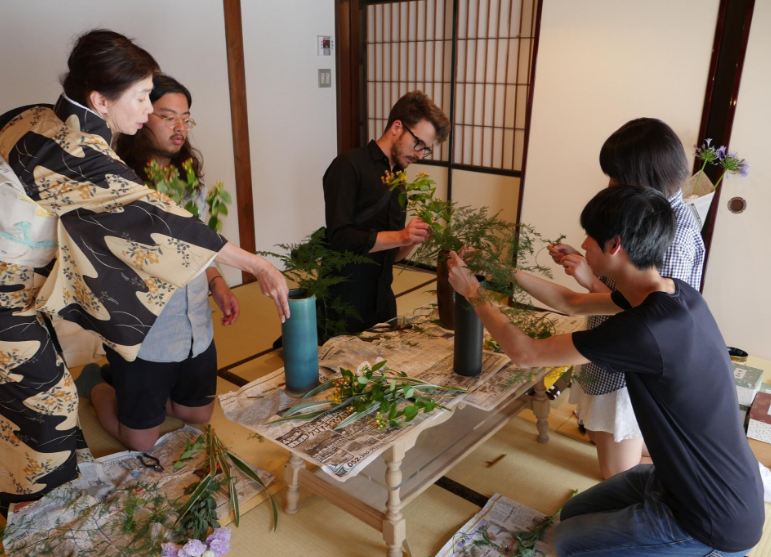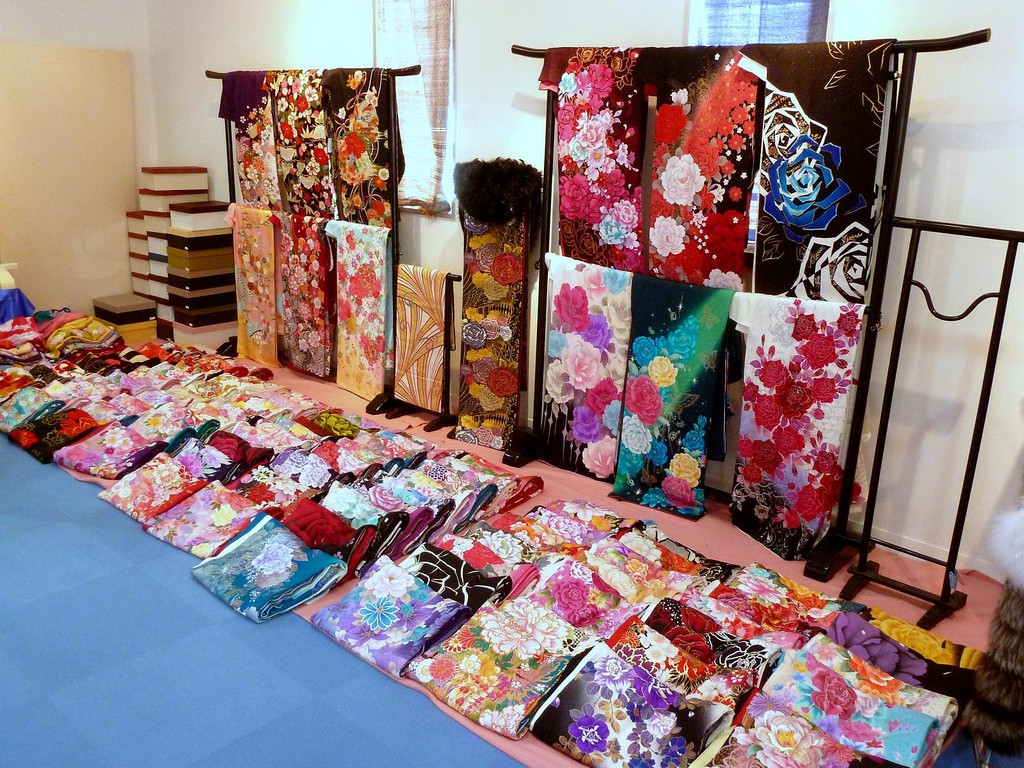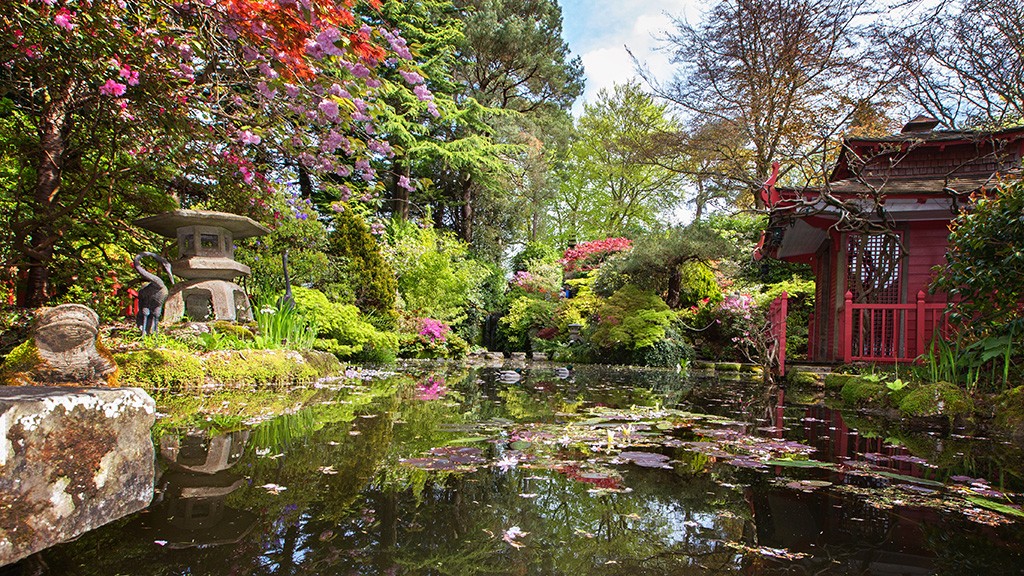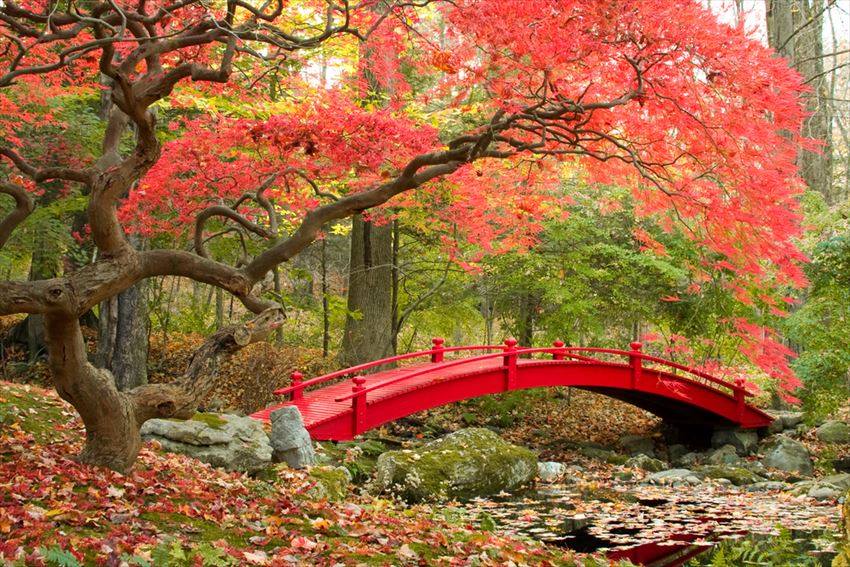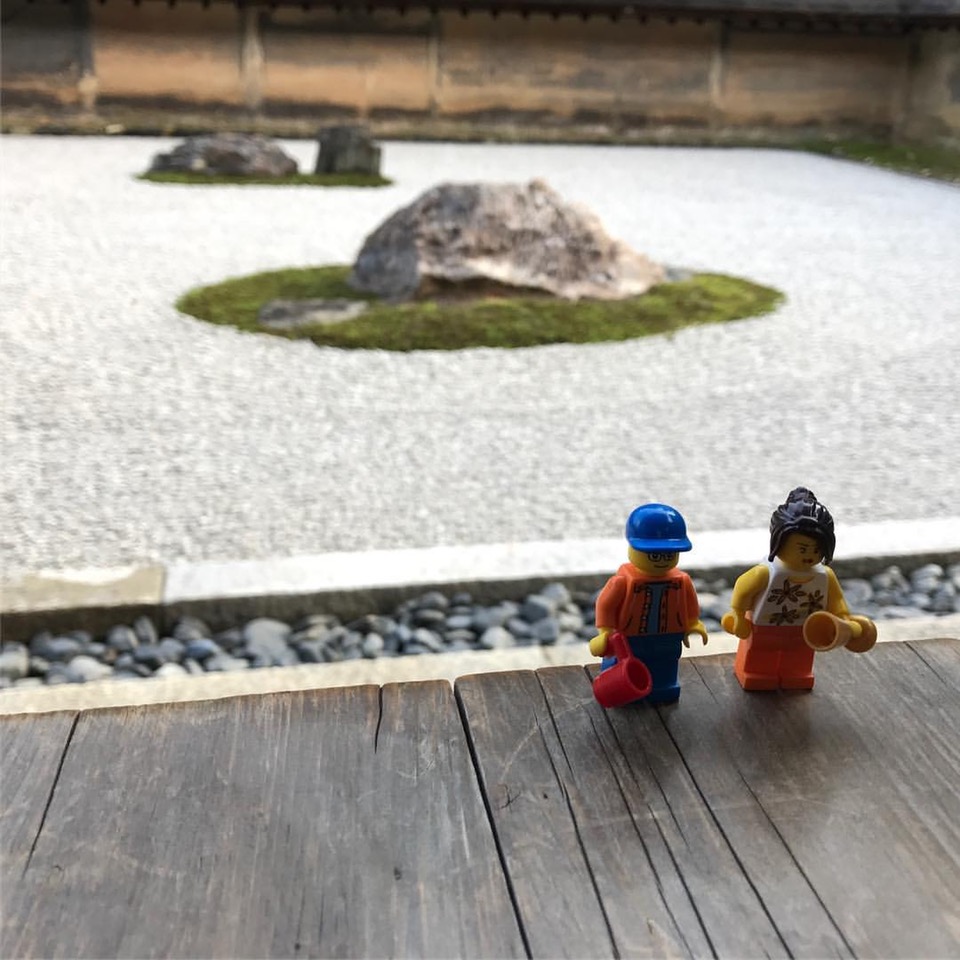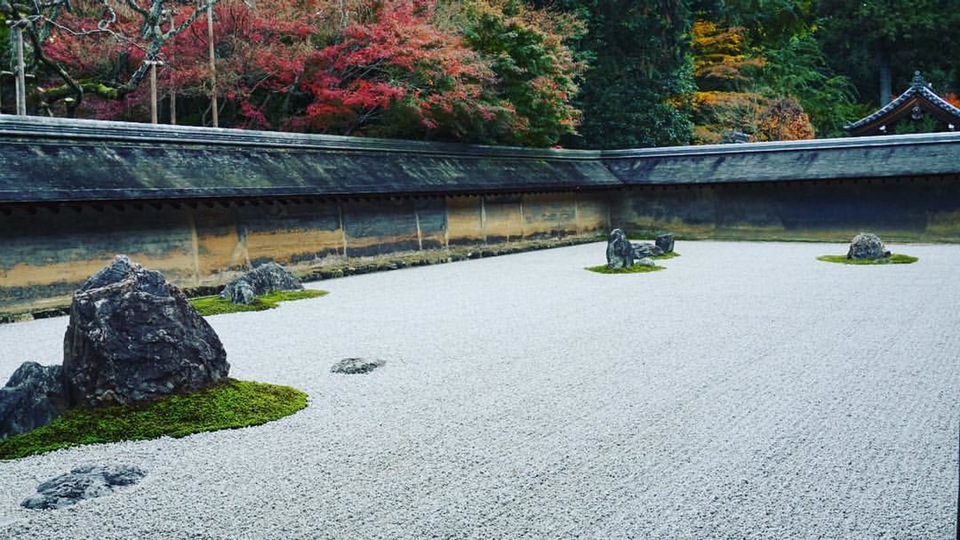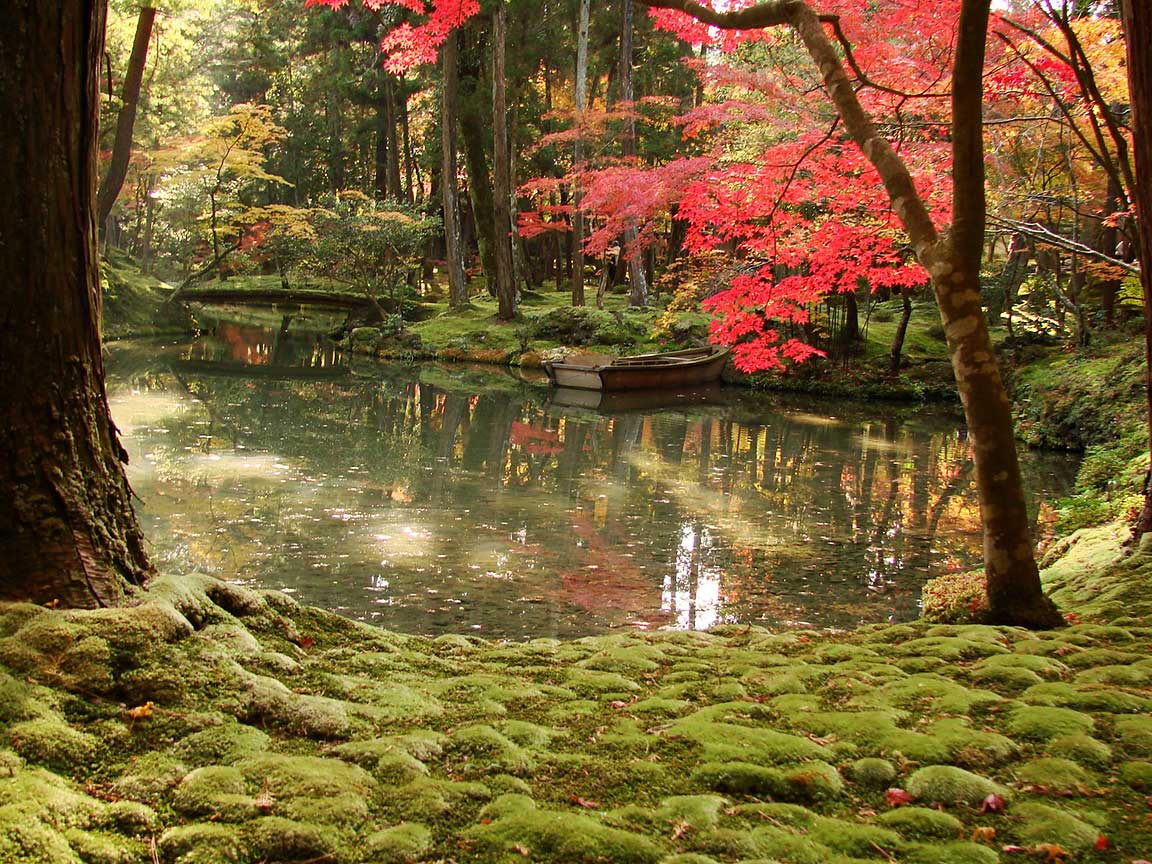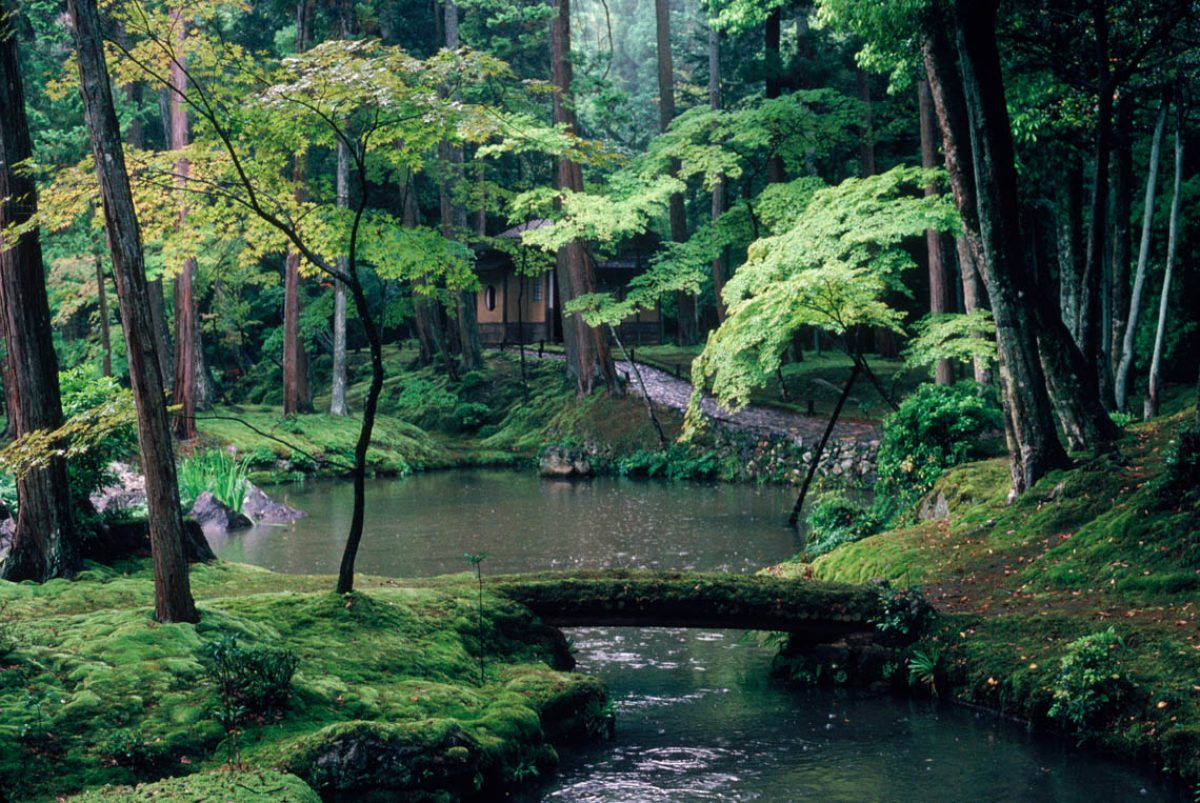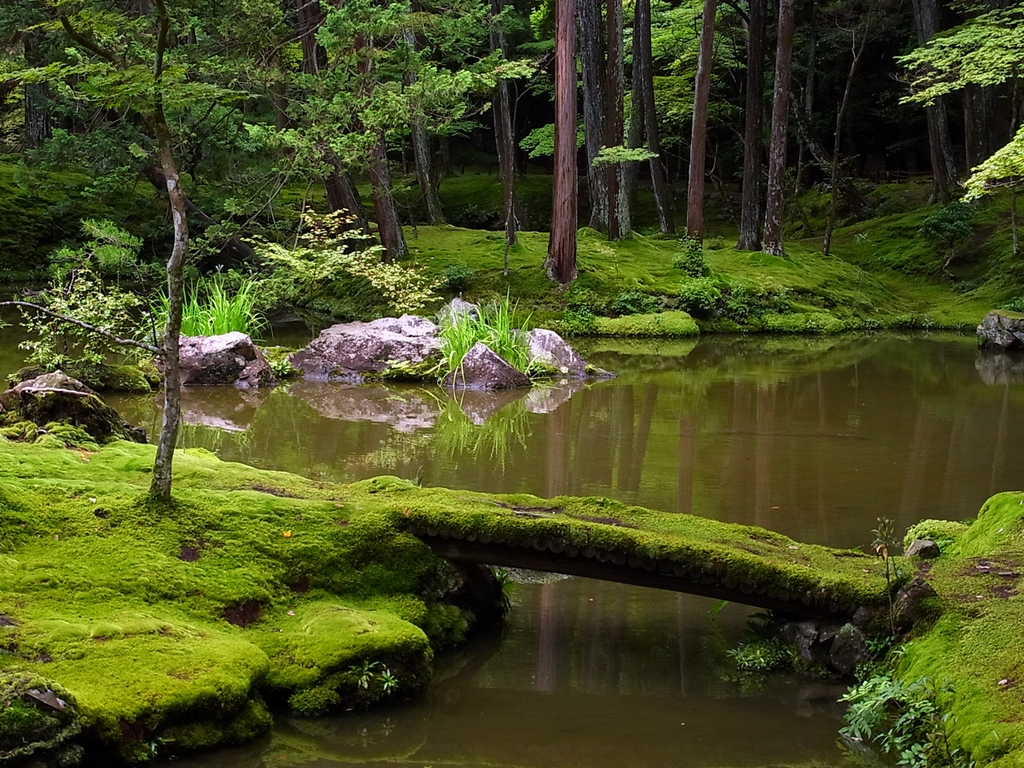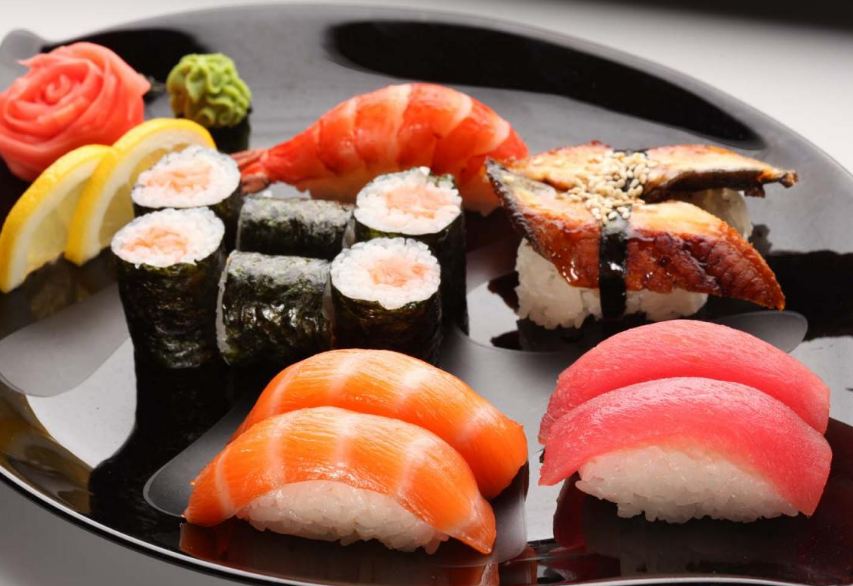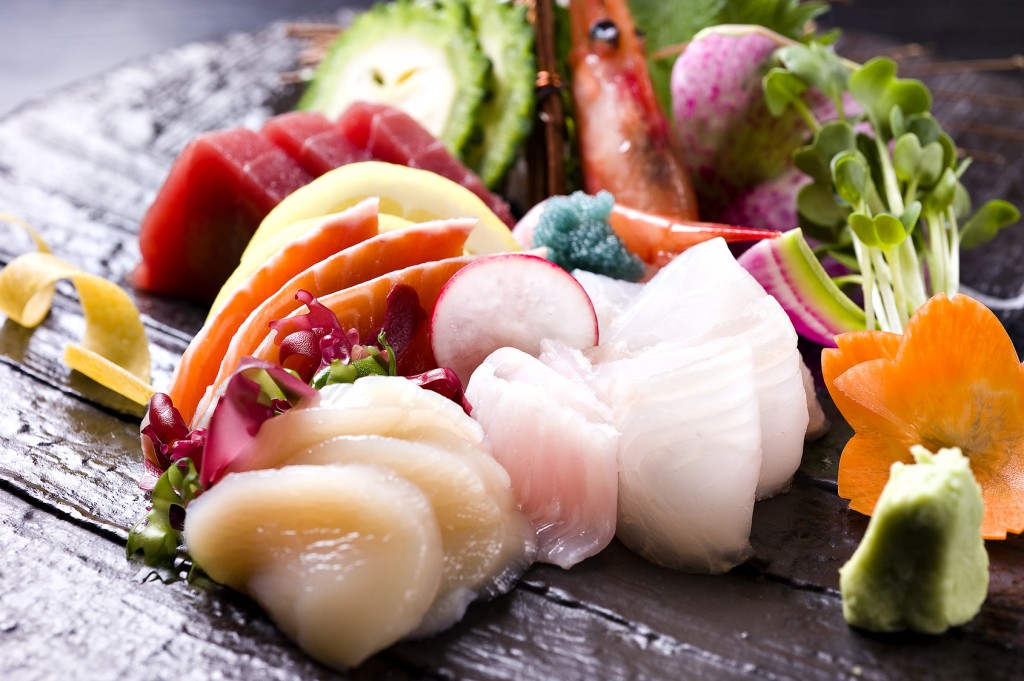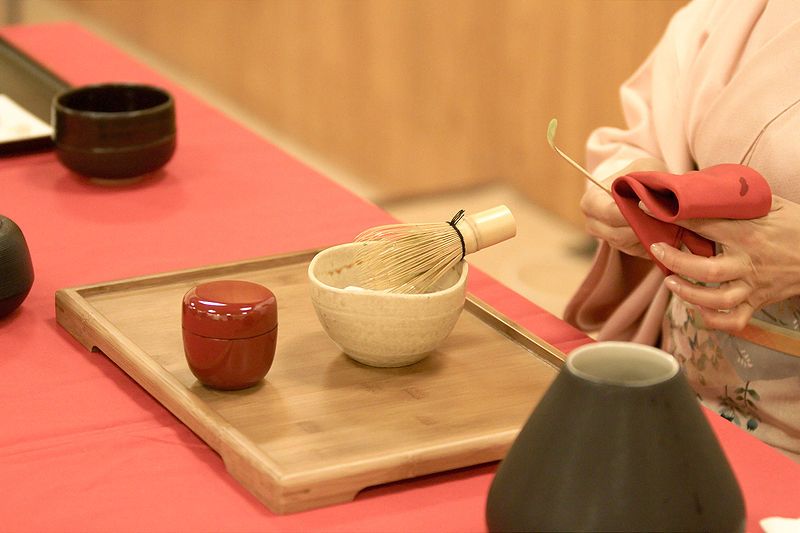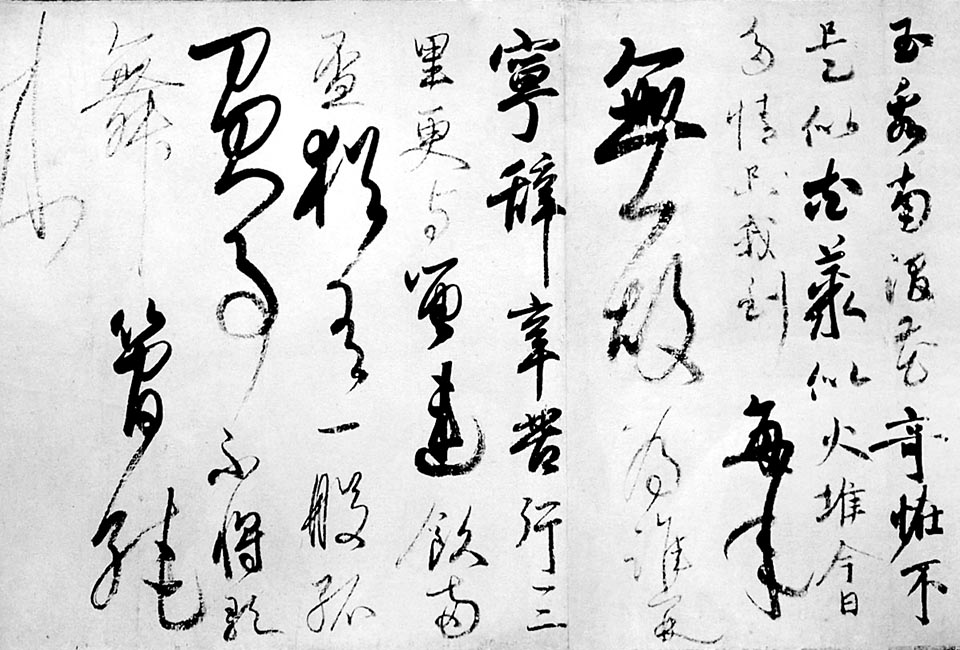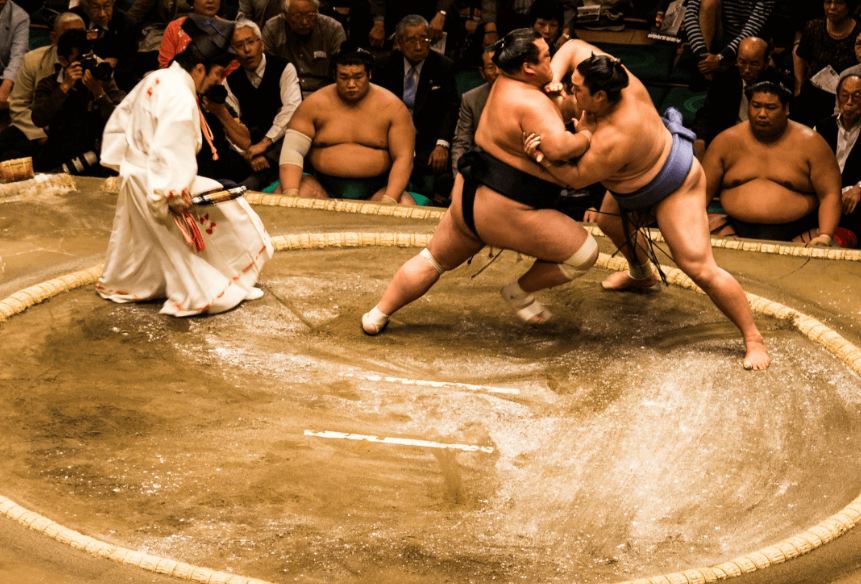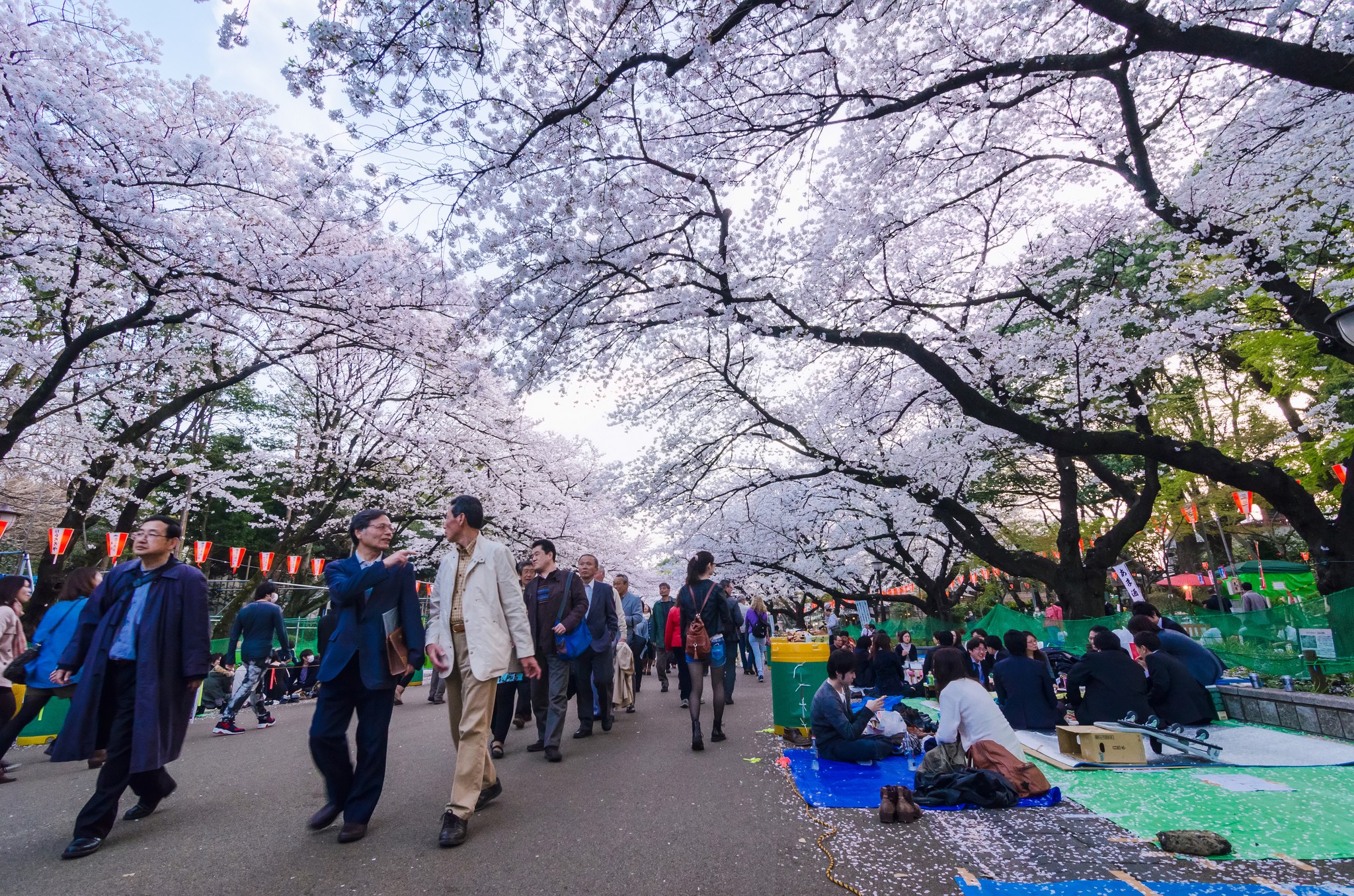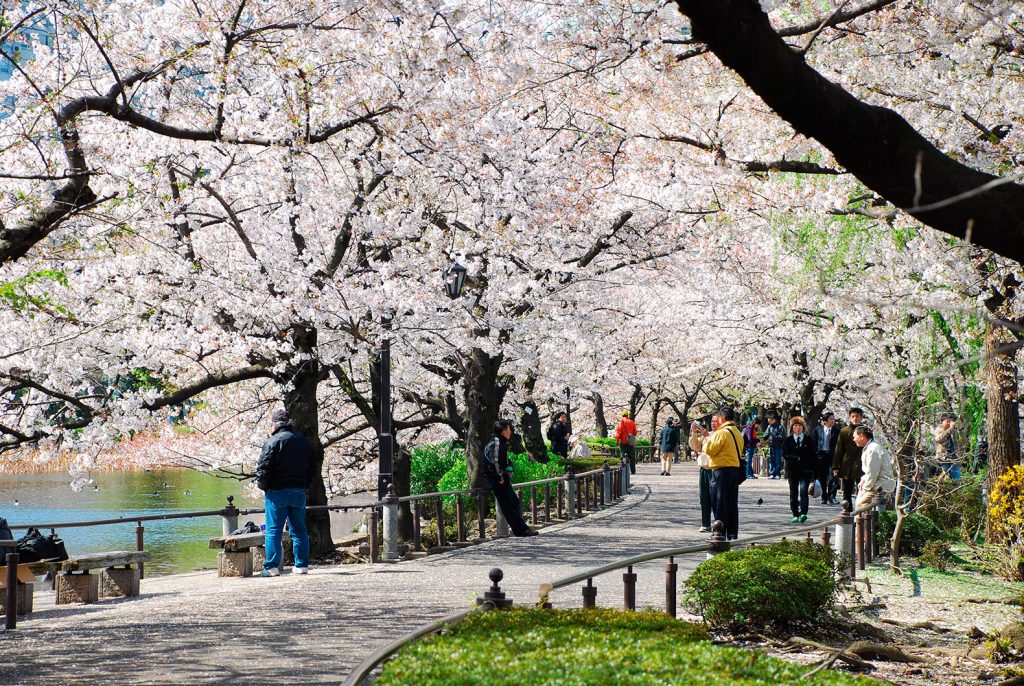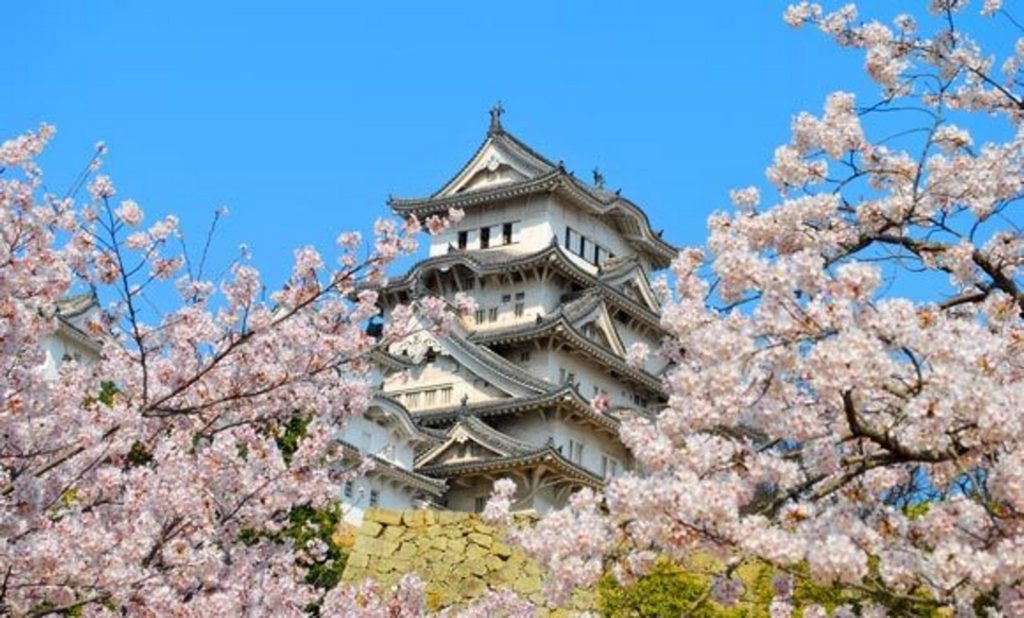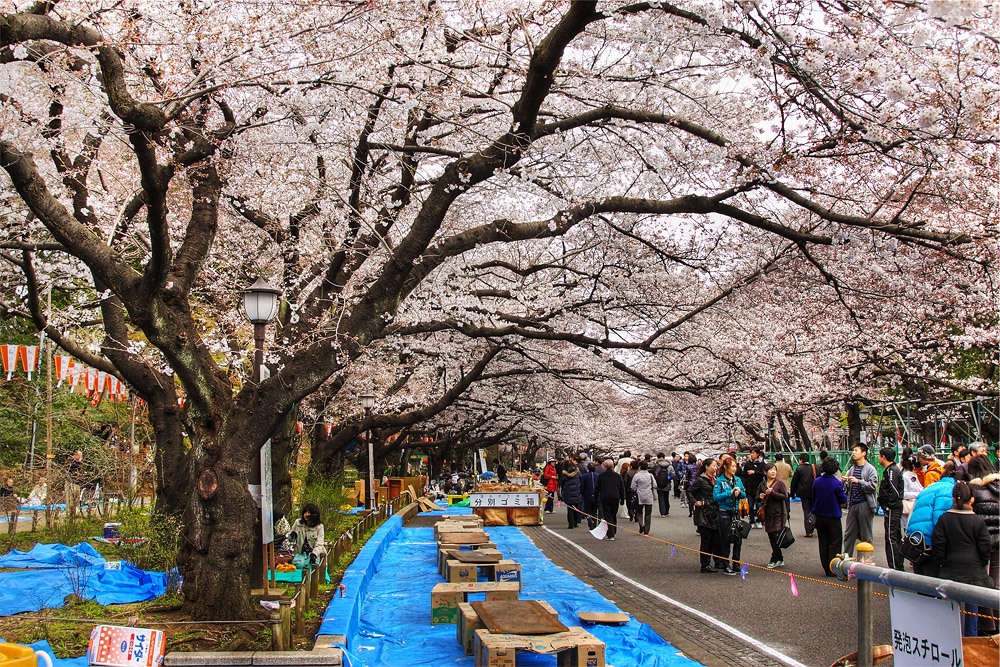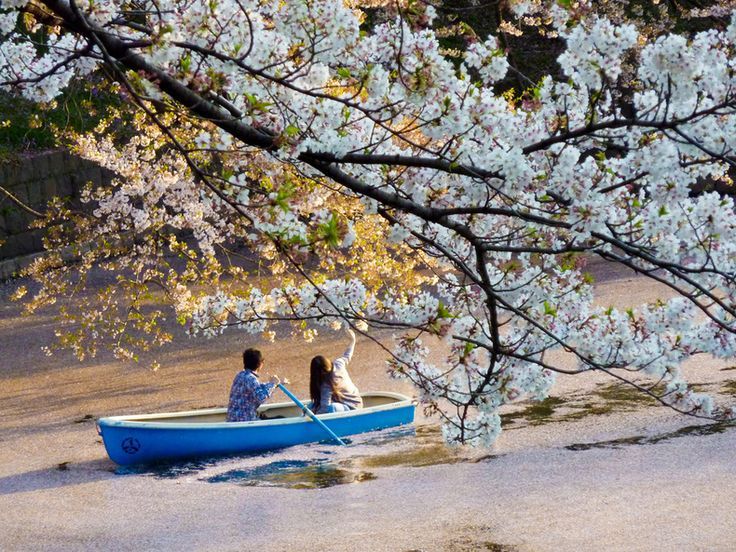Japanese culture traditions — Explore 8 traditional Japanese cultural beauties
Although Japan seems to be one of the most modern countries in the world, it still preserves the traditional culture which has existed for many centuries. One of the attractions for the visitors to Japan is that they will have the opportunity to explore the long and complex traditional culture which has existed in the country for thousands of generations. But in the multitude of choices, how can you not miss out these wonderful things during your visit to Japan? To make your choice more easily, let’s discover 8 outstanding Japanese culture traditions (traditional Japanese culture) with Focus Asia Travel below.

1. Kimono
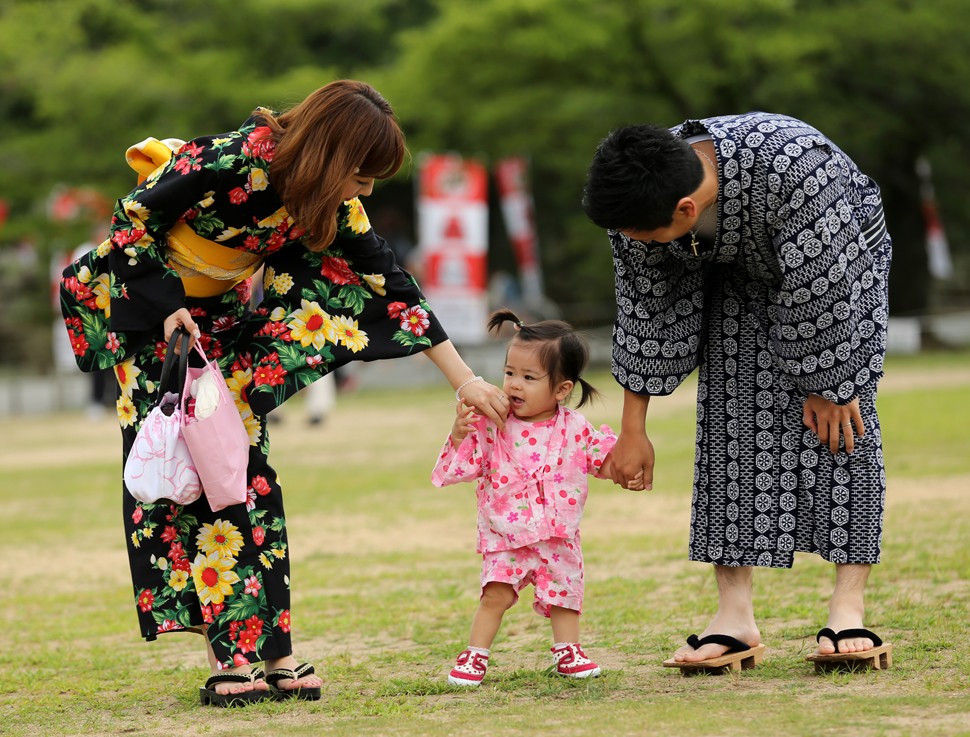
Kimono is considered to be one of the most typical and traditional costumes in Japan. It is a kind of costume which has the design with subtle and meticulous detail. The kimono is simply a tunic with a waistband around the waist. Although today Kimono is no longer as popular as before, however, the Japanese still wear kimono in celebrations and festivals. In particular, Kimono costumes are an integral part of a Japanese wedding. Although it may take hours to prepare your makeup and wear a complete kimono with somebody else’s support, do not miss out the chance to wear this special costume.
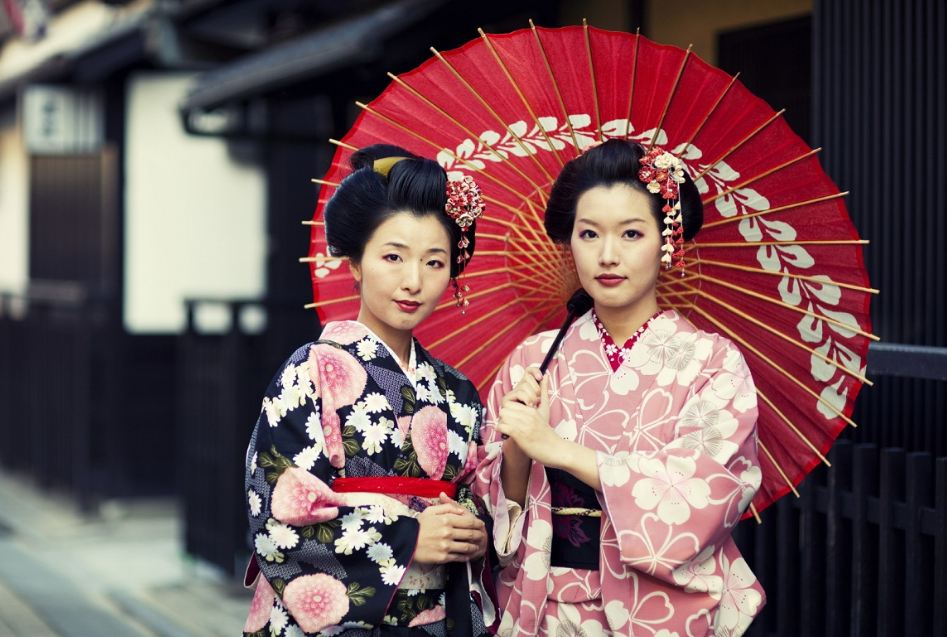

2. The art garden (Zen garden)

In Japan, you will see the art gardens that are not just a garden with many trees, gardening in Japan has a long history and reputation. Since ancient times, the art gardens have been designed according to the Buddhist philosophy, so they included many Buddhist elements such as church and temples. The Japanese Garden is designed for the purpose of creating special harmony, so each element is arranged carefully to achieve balance with the surroundings. That is why Japanese garden is a harmonious overall with many different elements such as trees, water, stones and wooden bridges
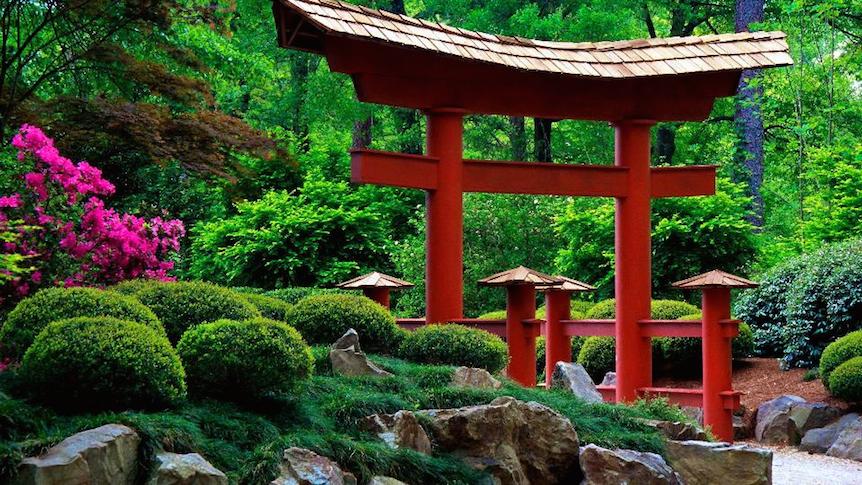

3. Food culture
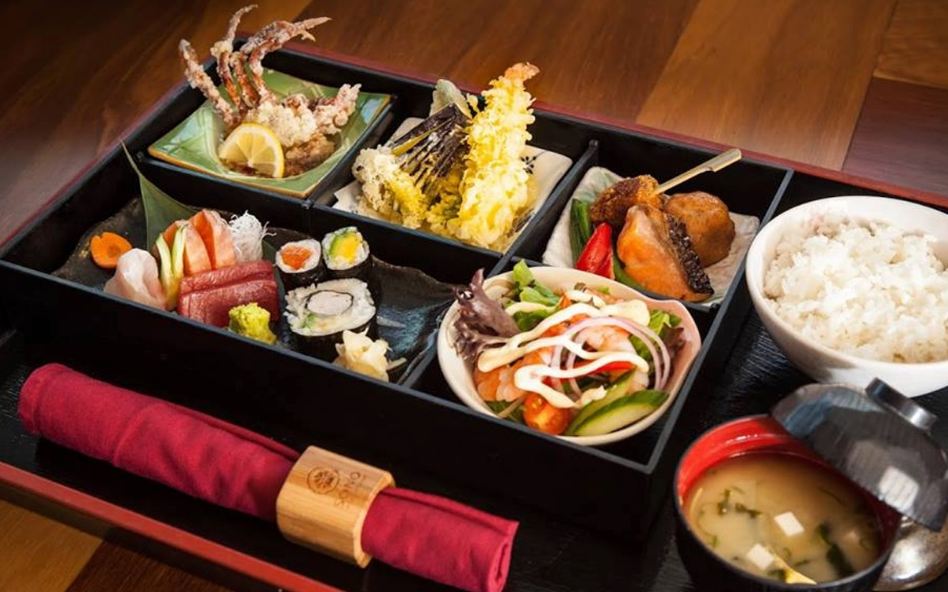
Most of the Japanese dishes are elaborately cooked according to the traditional cuisine has existed for many centuries. Japanese food is famous as the best in the world. When you come here, you will be free for the choice of delicious food.

One of the most popular Japanese dishes is definitely sushi, which is a dish of rice mixed with vinegar into a small piece of food.The highlight of sushi is a piece of fresh fish or seafood on top. It is easy to understand why sushi is so popular because Japan is located on an archipelago so it has the rich and delicious seafood resources. They are perfect ingredients for making sushi. Japanese food is very simple but delicious. You should not miss out the opportunity to enjoy delicate and fresh food like sushi or sliced raw fish slices called sashimi, or some other popular dishes such as barbecue on teppanyaki.
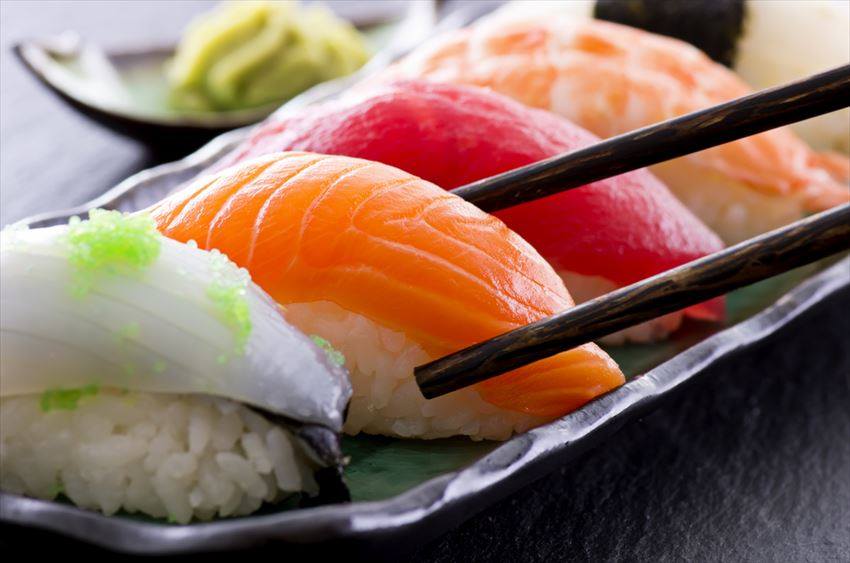
4. Tea ceremony
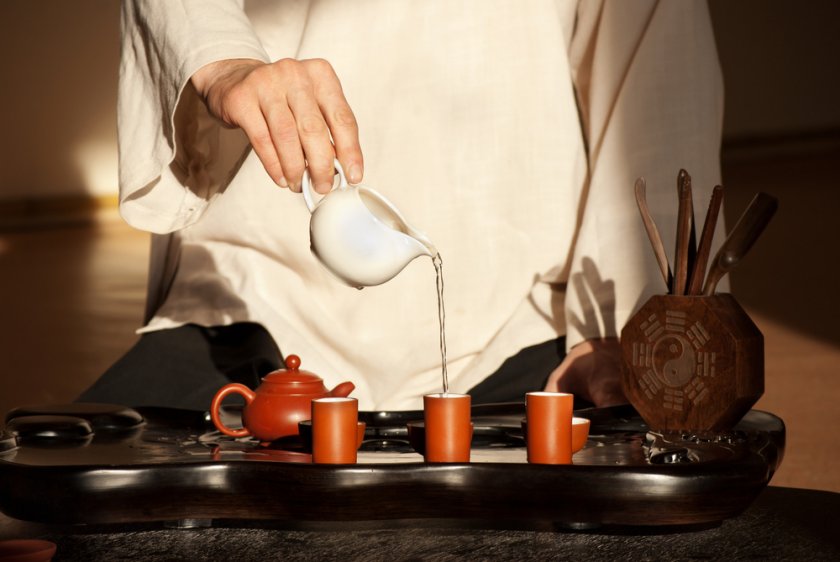
The tea ceremony is considered to be one of the most famous traditional cultures of Japan. It has been selected as a highlight of the trip for many visitors to Japan. A tea ceremony is performed in a dignified manner as a form of meditation, showing respect to the guests. The tea is also a way for people to become more intimate. It is recognized that there are many factors related to Buddhism in the tea ceremony. Coming here, you will have the opportunity to enjoy a cup of hot green tea mixed with powder matcha which has taste quite delicious.

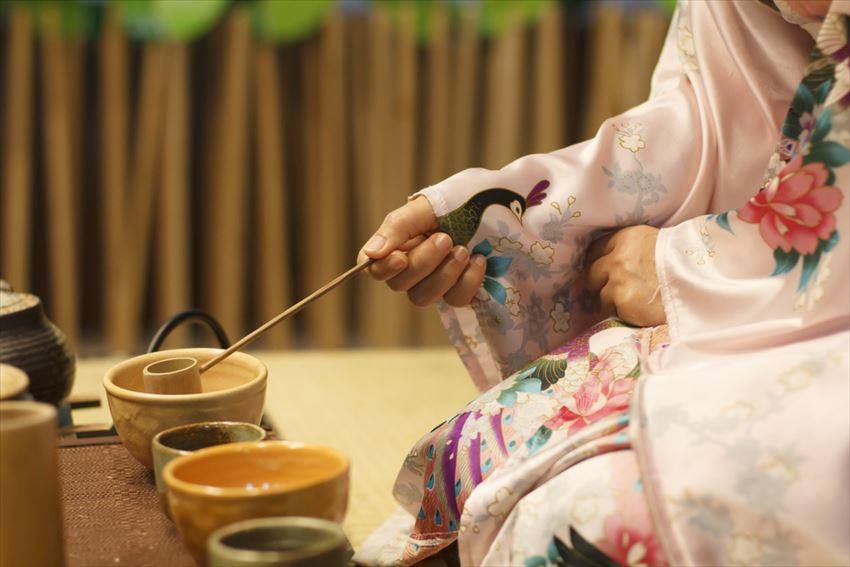
5. Calligraphy
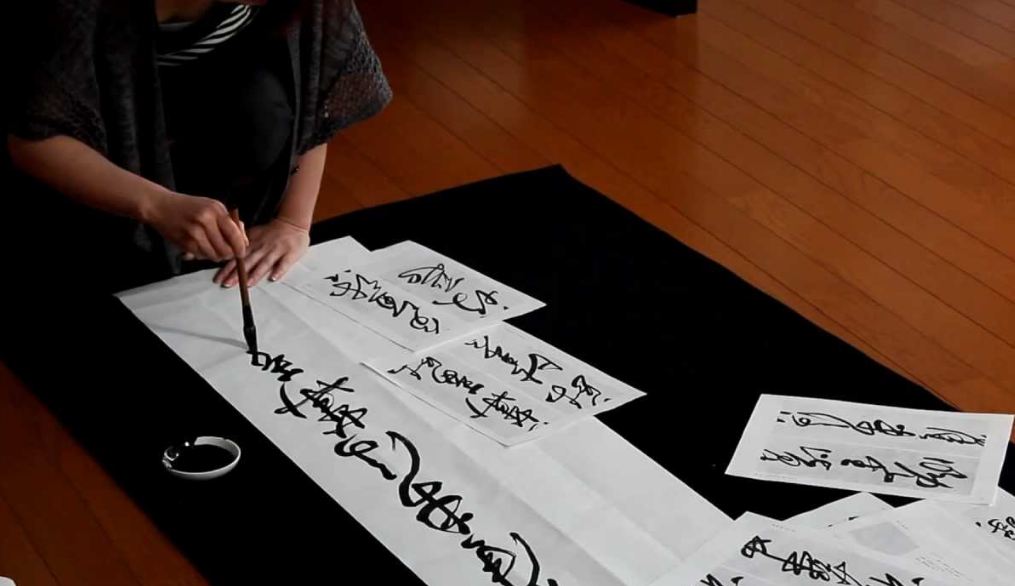
Japan has a long traditional calligraphy. It is the cradle of one of the most beautiful calligraphy works in the world because the Japanese seem to naturally blend their souls into the elegant palm and make it became a top creative art.
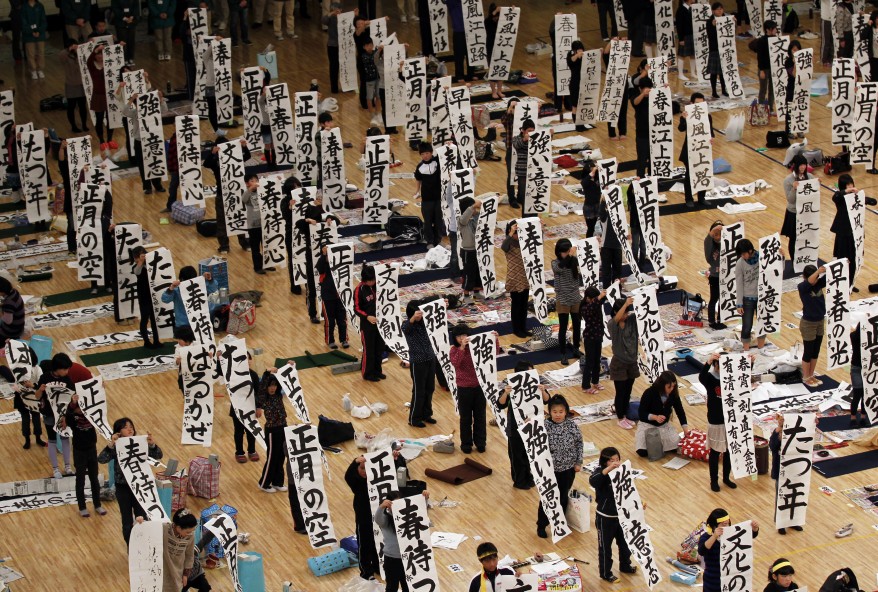
The calligraphy enthusiasts have to practice writing beautifully for many years to become mature. The calligraphy is also a perfect way to help people relax and retreat, concentrating thought to pursue creativity. On a trip to Japan, you can spend some time learning some of the basic principles of calligraphy, or just buy some woodcut prints as a souvenir.
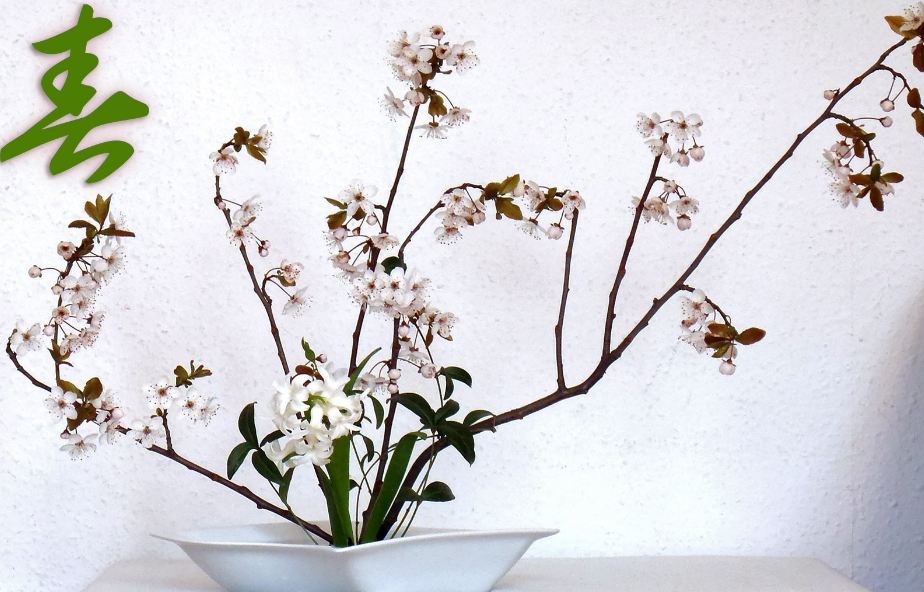
6. Sumo wrestling
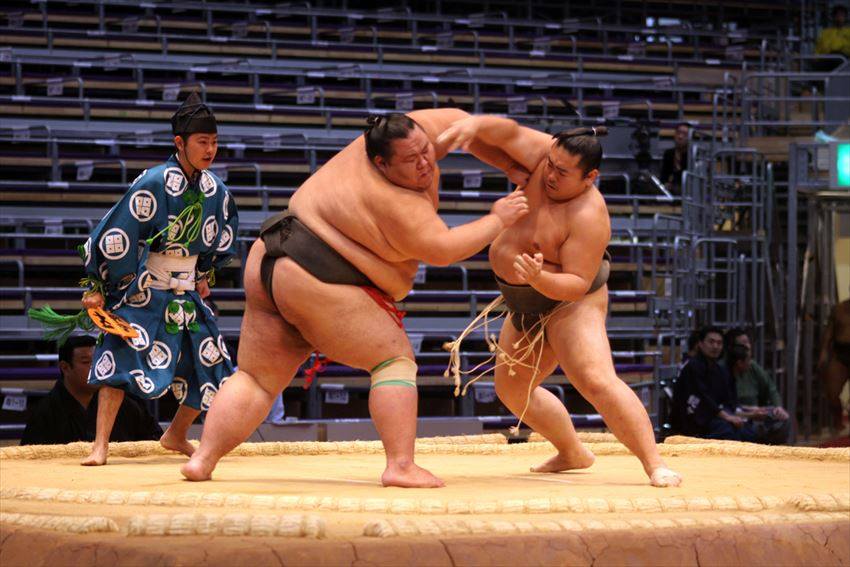
Sumo wrestling is a traditional martial art of Japan and it is considered as a traditional national sport with high level. Watching a sumo game is probably an enjoyable experience for the visitors to experience the traditional Japanese culture and tradition from the beginning to the end of the game. Before the start of the match, the sumo fighters will perform some obligatory ritual. Then they spread a handful of salt on the floor with the meaning of banishing the devil and proving himself clean. In addition to the sumo game, one must follow many other complicated rules.
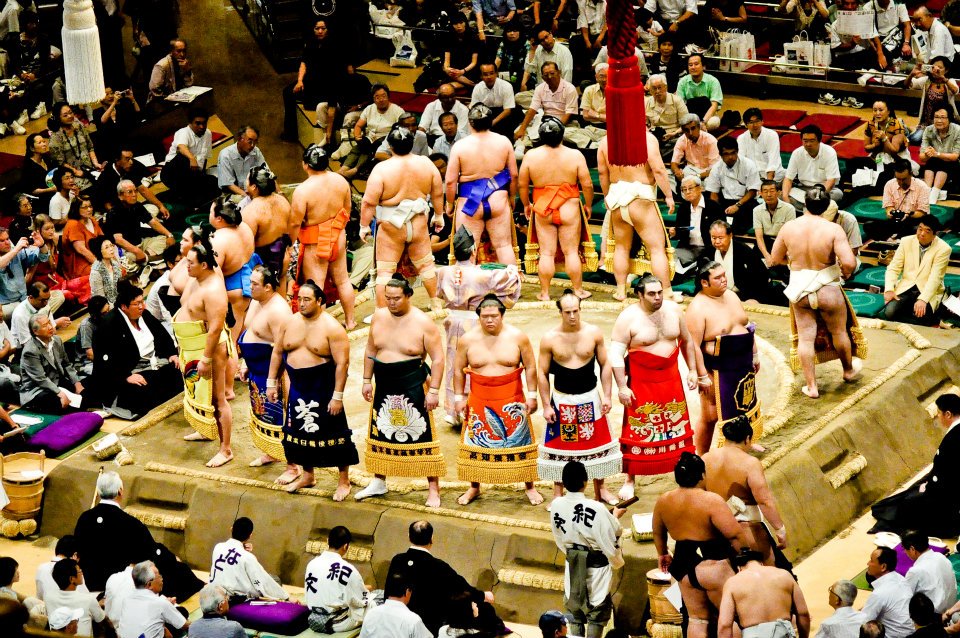
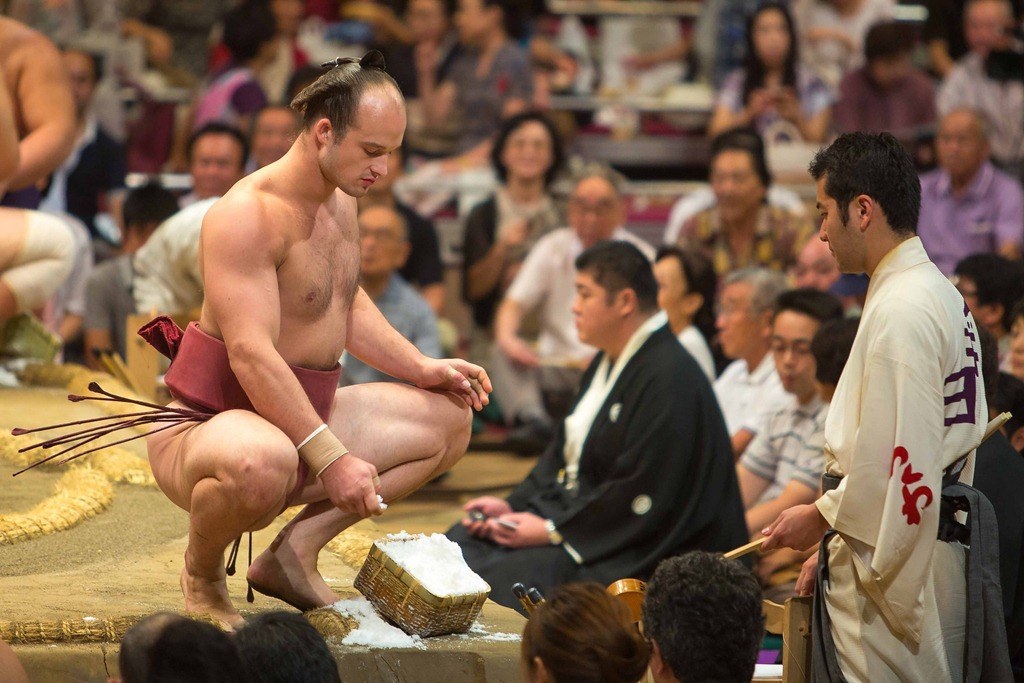
7. Cherry Blossom Festival

If you visit Japan in the spring, you can join in one of the most beautiful festivals in the world – Cherry Blossom Festival. Every year, when the spring comes around, people go out for flowers, so that they can enjoy the miraculous beauty as the Sakura flowers bloom. Japanese people have a habit of gathering with their relatives and friends under the cherry trees while enjoying a box of rice and enjoying the peaceful atmosphere under a pale pink sky. The cherry blossom festival is held every year in Japan, including the Okinawa Festival and the Matsuyama Festival. It is the largest festivals and many people take part in it.
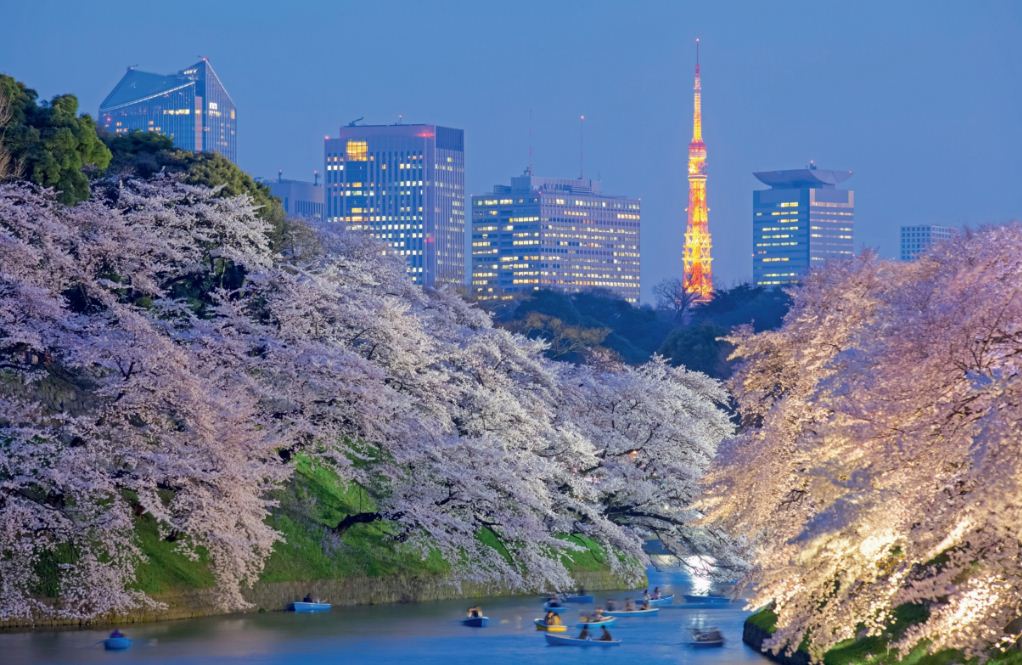
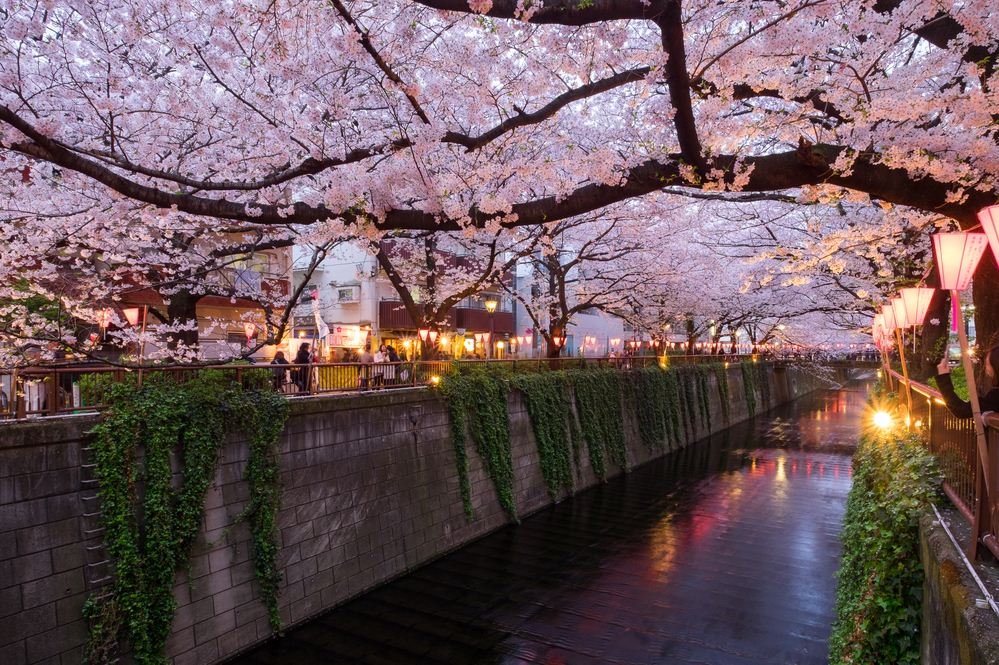
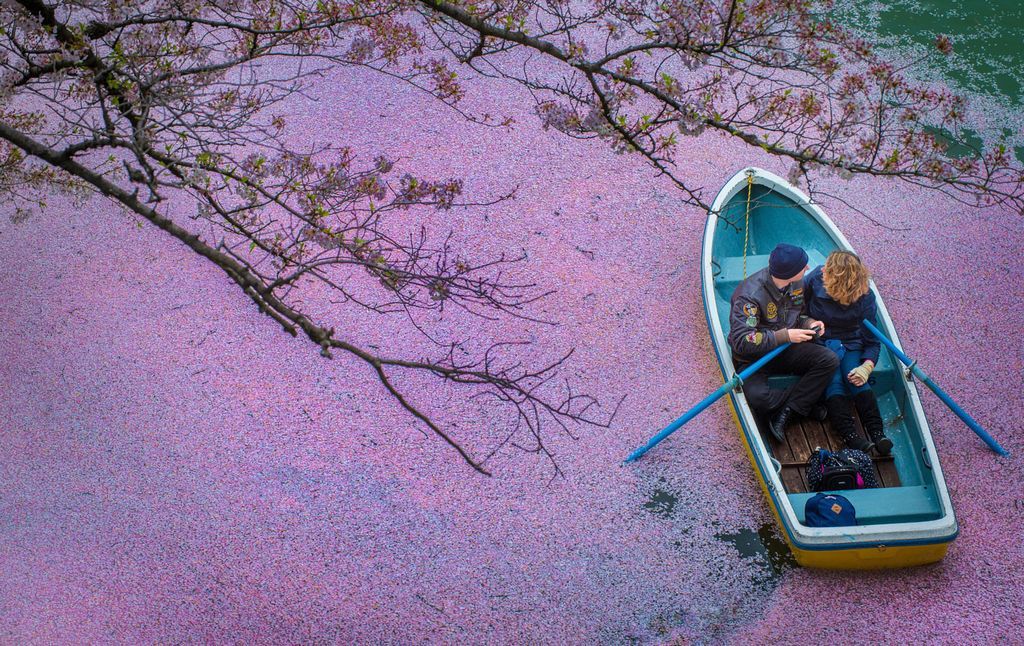
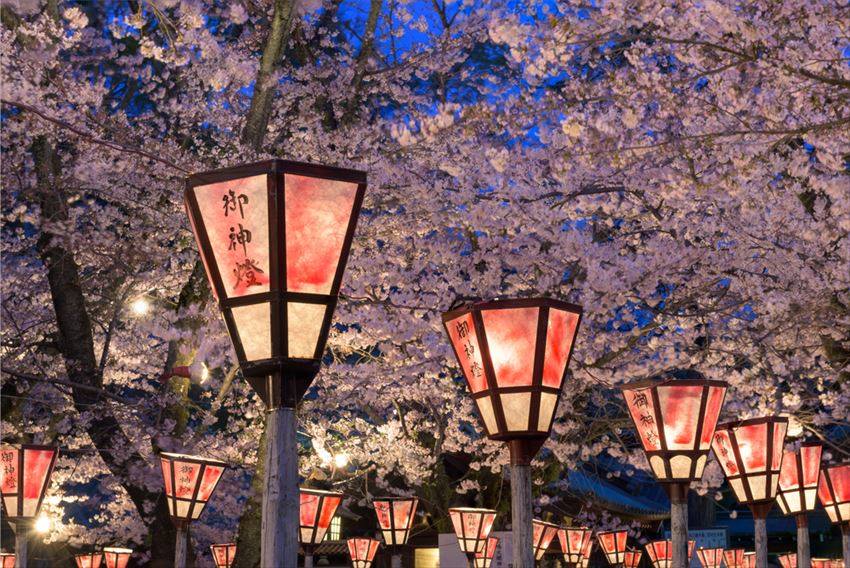
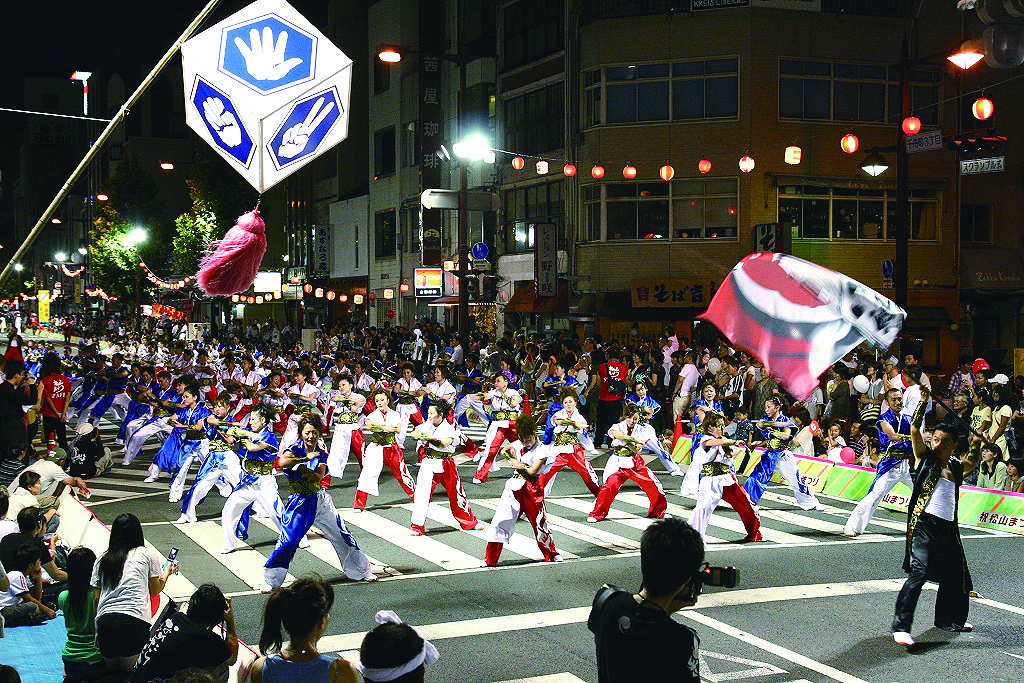
8. Ikebana flower arrangement art

Ikebana is a Japanese flower arrangement art according to Japanese style. It is the most popular Japanese art form known to many foreigners. Ikebana is the art of arranging different elements in harmony towards a highly aesthetic balance. In a piece of Ikebana expresses full of aspects such as harmony and balance. It is also a way for the Japanese to mix and communicate with nature. Similar to other traditional cultures, Ikebana is also rooted in Buddhism.
